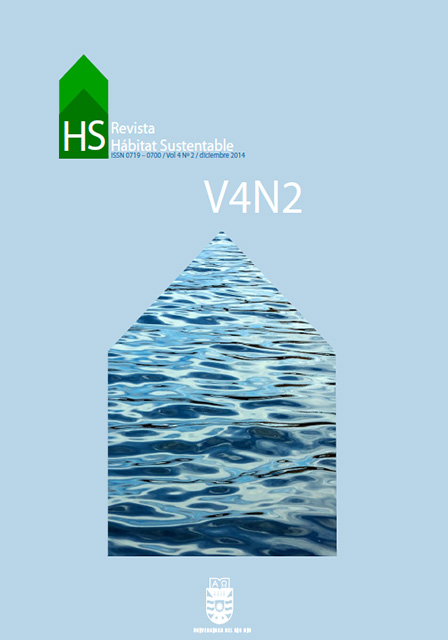Integrated lighting systems in building at 15° S latitude: Use of photovoltaic generation as a complement
Keywords:
CO2 emission, energy efficiency, natural lightingAbstract
The objective of this article is to evaluate building energy and illumination performance considering situations of total sun protection and exposure of building openings. The specific objectives were: to estimate equal illuminance curves with measurements and computer simulations; to estimate the energy savings provided by a supplementary lighting system controlled by the user (Scenario 1 - real) and another system that ignores the contribution of natural lighting (Scenario 2 - simulated); to quantify photovoltaic panel areas to meet these artificial lighting scenarios (1 and 2) and to estimate the CO2 emissions avoided by the use of natural light. It was demonstrated that Scenario 1 presented average Contribution of Natural Lighting (CIN) values of 2% and saved 10.5% of total annual energy when compared to Scenario 2. The last CIN presented was up to 17 times higher than Scenario 1, which provided excessive illumination in the room studied. It would be necessary to cover 3% and 37% of the roof with photovoltaic panels to supply energy for Scenarios 1 and 2, respectively. The installation of a photovoltaic panel system would be economically unviable, with a payback period of 60 years, longer than its lifetime. However, it was possible to demonstrate its environmental benefits, the elimination of 689kg of CO2 emissions/year, which is equivalent to the neutralization provided by four arboreal units in the same period.
Downloads
Downloads
Published
How to Cite
Issue
Section
License
The content of articles which are published in each edition of Habitat Sustentable, is the exclusive responsibility of the author(s) and does not necessarily represent the thinking or compromise the opinion of University of the Bio-Bio.
The author(s) conserve their copyright and guarantee to the journal, the right of first publication of their work. This will simultaneously be subject to the Creative Commons Recognition License CC BY-SA, which allows others to share-copy, transform or create new materials from this work for non-commercial purposes, as long as they recognize authorship and the first publication in this journal, and its new creations are under a license with the same terms.











 Scientific Information Program/Concurso Fondos de Publicación de Revistas Científicas 2018/ Proyecto Mejoramiento de Visibilidad de Revistas UBB (Código:FP180007).
Scientific Information Program/Concurso Fondos de Publicación de Revistas Científicas 2018/ Proyecto Mejoramiento de Visibilidad de Revistas UBB (Código:FP180007).





